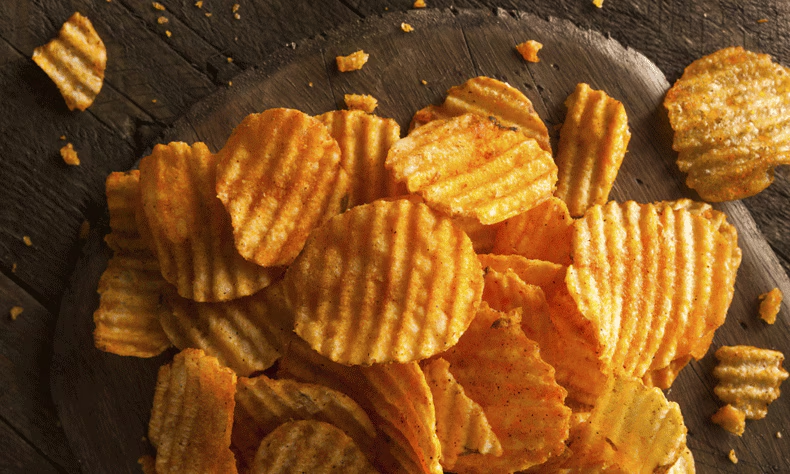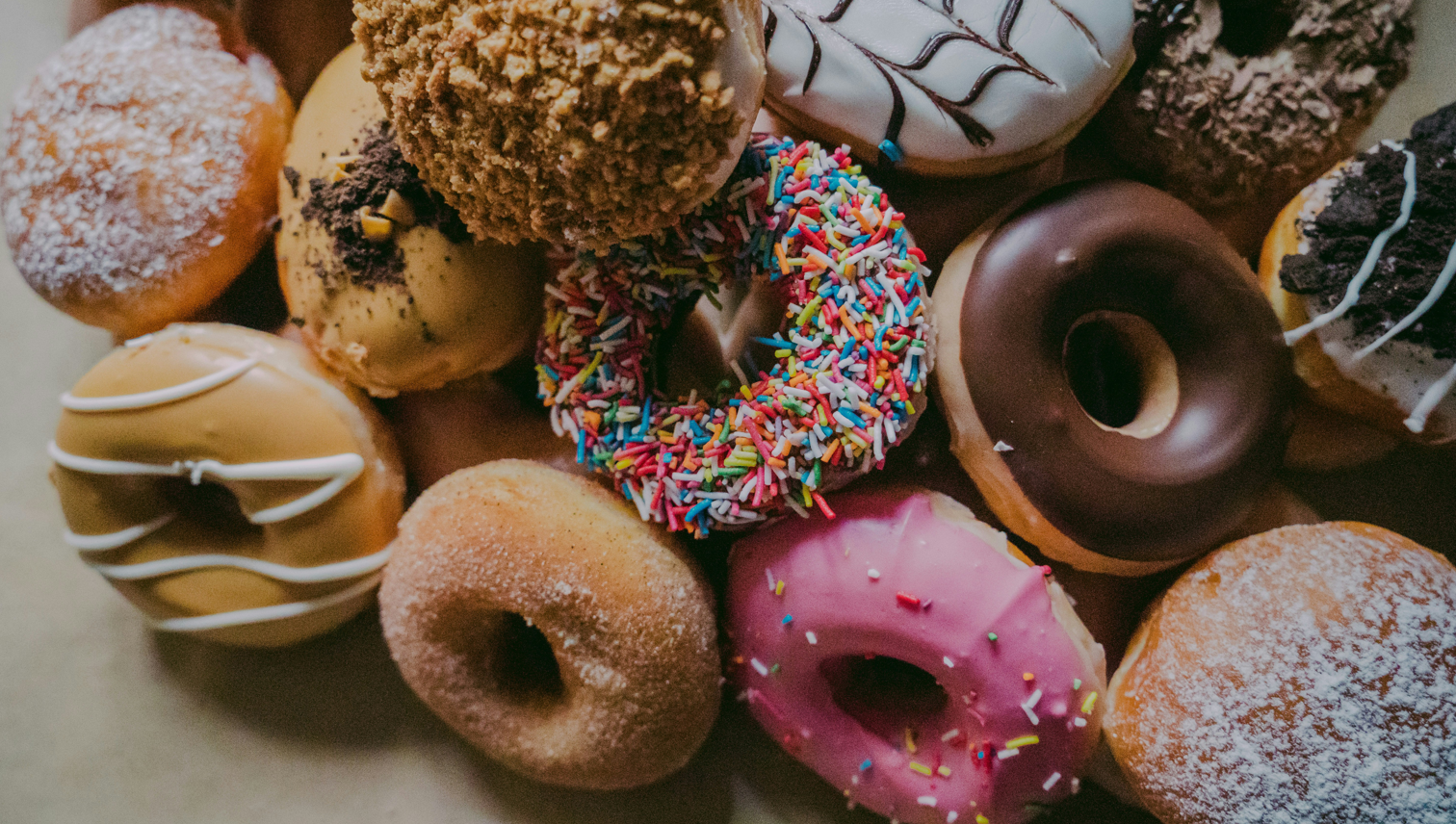The irresistible pull of ultra-processed foods
Sound familiar? You just wanted a few crisps, but suddenly the bag is empty. Not because you were hungry. Not because they were the best crisps ever. But because stopping felt… oddly hard. That’s not a lack of willpower. It’s exactly how ultra-processed foods (UPFs) are formulated to work. But what makes these foods so hard to resist? And more importantly: how do they affect your body, energy and performance?

ULTRA-WHAT?
Ultra-processed foods are items that have been changed so much, you’d barely recognise the original ingredients. They belong to Group 4 of the NOVA classification, a system that categorises foods based on how much processing they’ve been through.
Let’s take potatoes as an example:
- Freshly boiled at home? All good (Group 1).
- Instant mash from a packet? Processed (Group 3).
- Flavoured crisps with additives and colourings? Ultra-processed (Group 4).
What all UPFs have in common is how they’re made. The ingredient list often reads like a chemistry set, think maltodextrin (a fast-absorbing carb used to thicken or bulk), hydrogenated fats, artificial sweeteners, emulsifiers (to keep textures smooth), colour additives… All carefully chosen to make them last longer, taste better, and keep you coming back for more.
From fizzy drinks and protein bars to breakfast cereals and ready meals, UPFs are everywhere. Even items that seem healthy, like light yoghurt or plant-based burgers, can fall into this category.

WHY YOU KEEP EATING, EVEN WHEN YOU’RE NOT HUNGRY
UPFs are designed to light up your brain. Not with nutrients, but with an intensely crafted flavour that’s hard to resist. It’s the perfect balance of fat, sugar and salt, known as the bliss point which triggers your brain’s dopamine system. That’s your internal reward system, making you feel good every time you do something enjoyable, like eating, exercising, or socialising.
But it’s not just about flavour. The texture is tailored too – crisp, creamy, melt-in-your-mouth – exactly what our brains love. Add flashy packaging, clever marketing, and the lack of filling fibres or proteins… and you’ve got a recipe for mindless overeating.
WHAT UPFS DO TO YOUR BODY
While UPFs tend to be high in calories, they give back very little. No sustained energy, no long-lasting feeling of fullness, no building blocks for recovery. They spike your blood sugar quickly, followed by a dip that leaves you tired, irritable and craving more. Because they’re low in fibre and protein, your stomach doesn’t fill up properly, and satiety signals are barely activated.
For athletes and active people, that’s a double risk. Your body thrives on quality fuel: slow carbs for stable energy, protein for muscle repair, micronutrients for focus and endurance. UPFs offer little of that.
The result? Nutrient gaps, poor recovery, and energy swings that get in the way of performance.
HEALTHY EATING DOESN’T HAVE TO BE A STRICT REGIME
Fortunately, it doesn’t have to be so all-or-nothing. It’s not about cutting everything out, it’s about making conscious choices.
“Saying ‘yes’ to an ultra-processed food now and then won’t make you unhealthy or undo the effort you’ve already put in,” says Sarah Braet. “It’s the overall picture of your diet that counts, not that one cookie or packet of crisps.”

START WITH SMALL SWAPS:
- Trade colourful sugary cereals for oats with nuts and fruit.
- Go for snacks made from real ingredients, like dates, nuts or seeds instead of bars packed with 15 unpronounceable components.
- Keep healthy options visible at home, and put tempting ones out of sight.
Let about 80% of your food come from unprocessed or minimally processed sources: vegetables, fruit, whole grains, legumes, fish, eggs, dairy. That’s how you give your body what it truly needs.
Structure helps too. Eating regularly and in balanced portions reduces the urge to reach for sugary snacks. And smart combos go a long way, think a boiled egg with fruit, or avocado on a cracker. They’ll keep you fuller for longer than a handful of sweets.

Ultra-processed foods aren’t off-limits. A biscuit, some crisps or a square of chocolate all have their place. But if you want to perform, recover and feel energised, physically and mentally, it pays to approach UPFs with awareness.
Healthy eating doesn’t have to feel like a chore. When you make conscious food choices, you create space for both vitality and pleasure.









